QOTD: Dependability - the Sexiest Automotive Element?

We’re all abuzz about Camrys here at TTAC, or so it would seem. Our website, our tweets, even our Slack conversations always manage to conjure up the specter of the Great One. No, not Gretzky – another consistent scorer.
The Camry.
Nine years on, and I’m still wracked with guilt over letting the best car I’ve ever owned — the most reliable and trustworthy car to ever find its way into my life — fade away into the automotive afterlife. It certainly didn’t deserve to be traded in at a used car lot for peanuts, and I can barely entertain the thought of what came next. No, it was wrong to let it go, but financial circumstances at the time necessitated a vehicle with no deferred backlog of minor repairs. Certainly, my job at the time didn’t jibe with an odometer reading approaching the half-million kilometer mark.
I’m of course talking about a rare beast born from a litter of lookalikes. A 1994 Toyota Camry. But not just any run-of-the-mill, plain-Jane Camry. Yes, it was beige — it was hard to find one that wasn’t — but my Camry stood out. It excelled. It impressed. It had two doors. Two doors … and a stick shift.
Truly the Greatest Generation, the North American market Camrys of model years 1992 to 1996 were big, roomy, comfortable, efficient, and — above all else — reliable. It was a better Buick, and in (admittedly conservative) coupe form, something special.
This was the generation of Camrys that cemented the model’s status as the midsize for all others to beat. Sold in Japan under the Scepter name (as the global VX10 Camry was larger than the Japanese market model), it offered the solidness of a Lexus for a perfectly reasonable amount of money. On the used market, it was a steal. For a guy in college, it was a low-maintenance, low-cost dream.
I’ll forever champion two-door non-sports cars after living three long and happy years with my Camry. The long door opening and expansive side glass was well-suited to my lanky frame, helping to push that intrusive B-pillar out of sight and out of mind. Passengers still had plenty of room to access that spacious, napworthy rear bench.
Oh, I could go on and on. And on. And on and on and on. The little 2.2-liter four-banger, though slightly underpowered, never burned a drop of oil or required a single mechanic’s touch. Outstanding fuel economy. The five-speed transmission never required a new clutch or master cylinder during its time in my driveway. Like the faithful partner you return to after an ill-considered fling, it was, in a word, dependable. A rock. It haunted my dreams for years after I let it go.
Even after hitting its second deer at about 45-55 miles per hour, about 15 minutes worth of do-it-yourself repairs brought that headlight back into alignment. The hood? Meh, just a little buckle. Applying my 210-pound body to it smoothed out that crease in a jif. People who aren’t in the know — who haven’t experienced the joy of owning a mid-’90s Camry — don’t understand my reverence for that generation of Toyota midsize. It wasn’t flashy. It wasn’t fast. Nor was it sexy by any conventional use of the term — but isn’t reliability sexy? Isn’t being confident in knowing you’ll get to your destination on time, in your own vehicle (instead of a cab or tow truck), a positive virtue?
Isn’t knowing that your car won’t pull a Giulia-on-the-auto-show-pedestal breakdown a good thing? Of course it is. Yet looks, speed and efficiency often reign supreme in buyer’s minds. This makes sense for new models with no track record with which to draw from.
So, the question today is: to what degree does reliability factor into your buying decisions? Is it a consideration, or is it the consideration? Or, assuming your budget allows it, does flash and dash rule the day, as life is too short to not enjoy the hell out of every minute?
Let’s go a bit further and make this a twofer. As I’ve traveled quite far down memory lane today, perhaps the Best and Brightest can do the same. What’s the most reliable car you’ve ever owned?

More by Steph Willems
Latest Car Reviews
Read moreLatest Product Reviews
Read moreRecent Comments
- Kwik_Shift_Pro4X I will drive my Frontier into the ground, but for a daily, I'd go with a perfectly fine Versa SR or Mazda3.
- Zerofoo The green arguments for EVs here are interesting...lithium, cobalt and nickel mines are some of the most polluting things on this planet - even more so when they are operated in 3rd world countries.
- JMII Let me know when this a real vehicle, with 3 pedals... and comes in yellow like my '89 Prelude Si. Given Honda's track record over the last two decades I am not getting my hopes up.
- JMII I did them on my C7 because somehow GM managed to build LED markers that fail after only 6 years. These are brighter then OEM despite the smoke tint look.I got them here: https://www.corvettepartsandaccessories.com/products/c7-corvette-oracle-concept-sidemarker-set?variant=1401801736202
- 28-Cars-Later Why RHO? Were Gamma and Epsilon already taken?


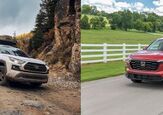














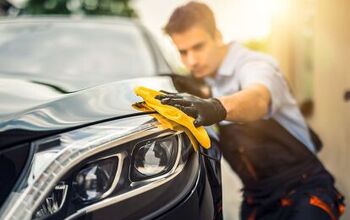

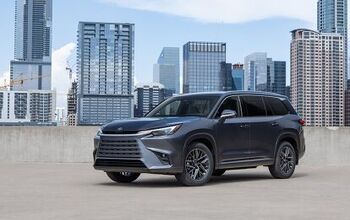
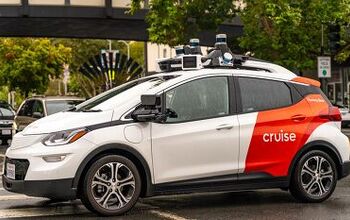
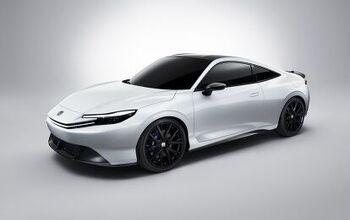
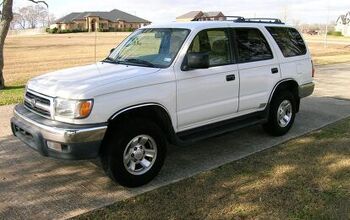
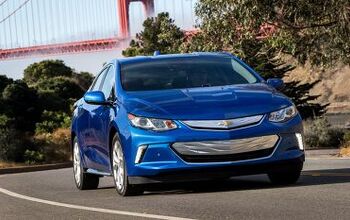
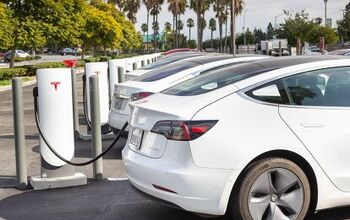

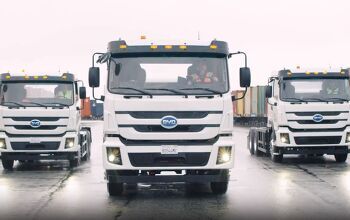
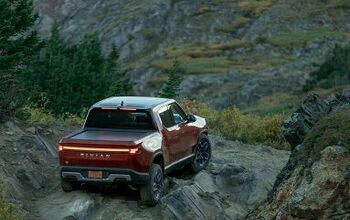
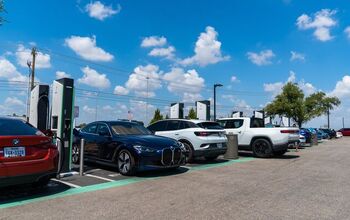
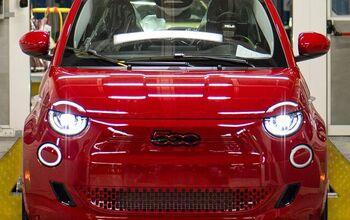
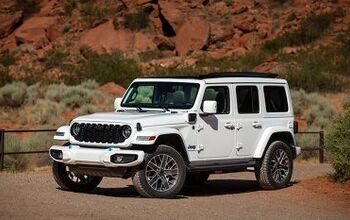



Comments
Join the conversation
I've been happy with all three of my cars I've had in my life, all of which are Chrysler products. What a concept. My 1997 Concorde that I had in high school and college never skipped a beat. Unfortunately it had been sideswiped on a busy street. Up to that point, nothing but consumables. Purchased with 44,000 miles, put 35,000 miles on it (totaled with less than 80k...what a shame...). My next car, a 2004 Intrepid, had the 3.5. Again, nothing much except for a new window motor. Purchased with 52,000 miles, put about 80,000 miles on it. Both are LH-platform vehicles, which have had transmission issues (and engine issues with the second generation, if you had the 2.7. The second-generation 3.5 only ran into problems if you used cheap oil or didn't change the oil on schedule). If you maintain these cars, they shouldn't have problems for a long while, and that's what I did. Most were beat to hell by their third owner, but these were Chrysler's first "post LA V8/Slant 6/Torqueflite" large cars. My 2013 200 is what replaced the Intrepid, simply because I wanted a 200, purchased with less than 25,000 miles. It has the 2.4 4-cylinder engine, which is a sturdy engine. There are a lot of Patriots, Avengers and Sebrings that are beat to hell yet the "sewing machine" keeps on ticking. The 62TE transmission is a good transmission that sees use in heavier vehicles like the minivans and that eyesore called the Promaster and has few issues. My wife has been pretty lucky too, considering she had a 2009 Jetta I wasn't too confident in and a 2004 320i before that, which isn't exactly a drama-free vehicle. Her 2016 Outback seems OK, though I'd rather her have the Grand Cherokee.
My 2003 Accord required some suspension work, both front axles, and an A/C condenser after 160k miles, but has been flawless before and since (currently at 180k.) Just oil, filters, brakes, tires (winter/all season), batteries, and a couple of radiator and transmission drain/fills.